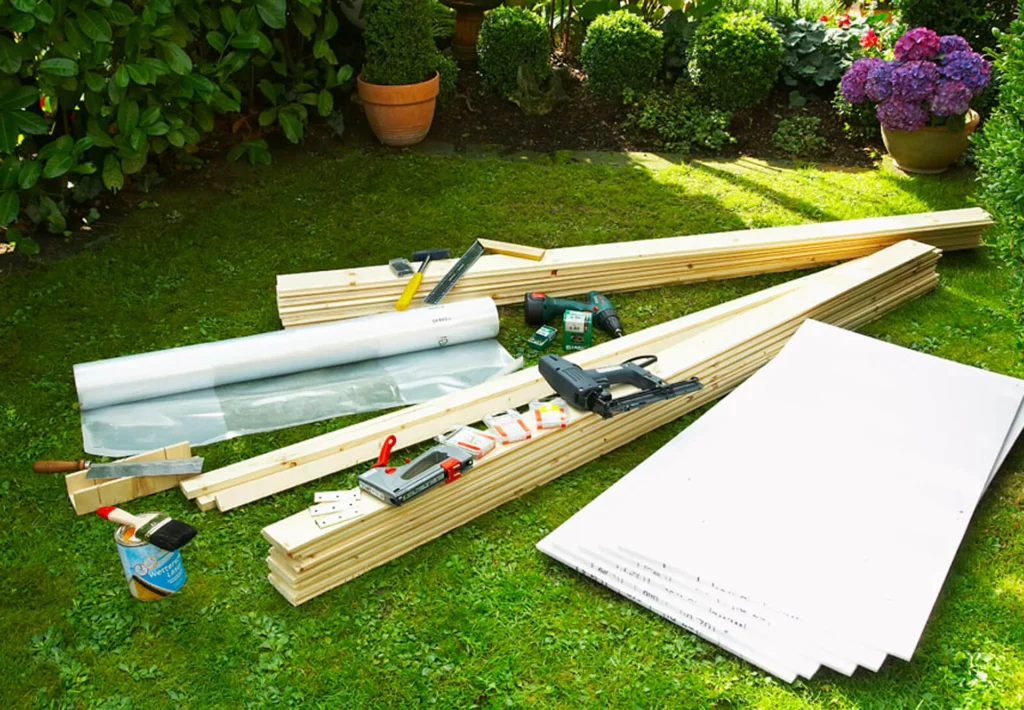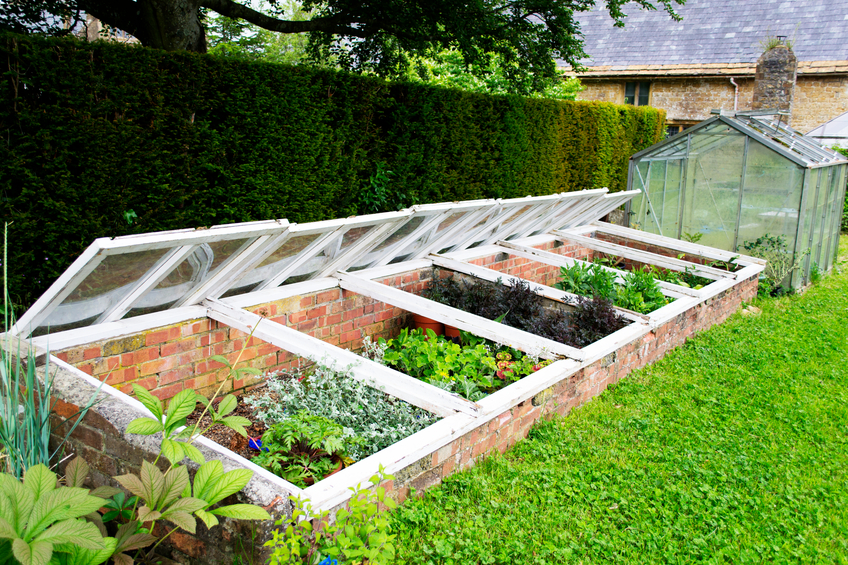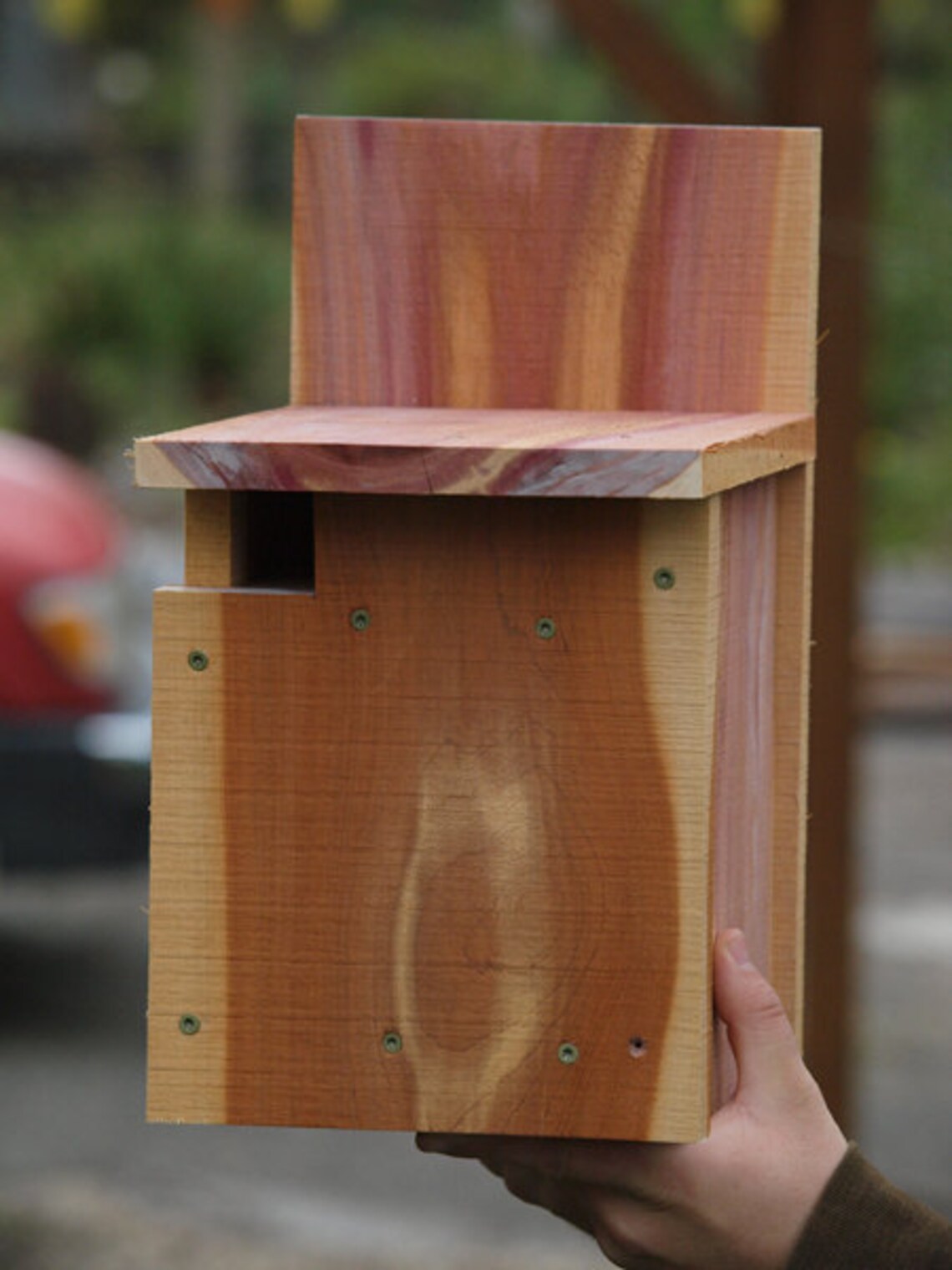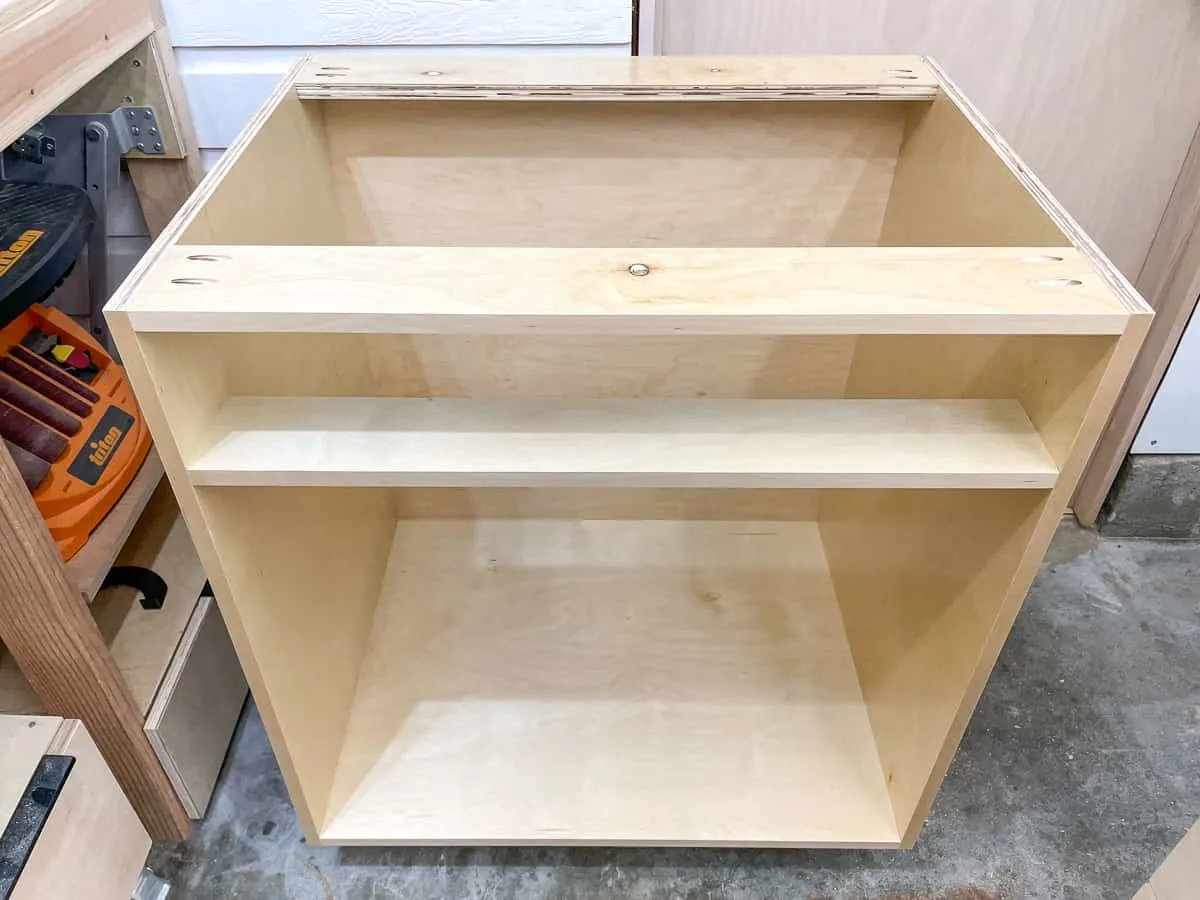
Floating Shelves for Living Rooms: Display Your Favorite Decor
Let's face it, a blank wall is kind of a downer. It's like that awkward silence in a conversation, just waiting for something interesting to happen. But fear not, because floating shelves are here to rescue your wall from the doldrums and unleash your inner interior designer!
Floating shelves are a modern and versatile way to add personality and visual interest to your living room. They're like blank canvases, begging for your favorite books, plants, art, and decorative treasures to take center stage. But, with so many options out there, where do you even begin? Don't worry, we've got you covered.
In this guide, we'll explore the wonderful world of floating shelves, from choosing the perfect style and size to styling them like a pro. Get ready to unleash your creative side and transform your living room into a haven of style and personality.
Why Choose Floating Shelves?
Floating shelves offer a host of benefits that make them a popular choice for living room decor:
- Space-Saving: Unlike bulky bookshelves, floating shelves hug the wall, maximizing floor space and giving your room a more airy feel.
- Versatility: They're perfect for displaying various items, from books and plants to artwork and decorative accents.
- Easy Installation: They typically come with simple installation instructions, making them a DIY-friendly project. You can also find a variety of mounting options, like brackets or hidden clips, depending on your preference and the weight you plan to put on them.
- Aesthetic Appeal: Floating shelves offer a sleek and modern look, adding a touch of sophistication to your living room. They can be minimalist or eclectic, depending on your style preferences.
Choosing the Right Floating Shelves
Now comes the fun part: selecting the perfect floating shelves to complement your living room's style and functionality. Consider these factors:
Size and Shape:
The size and shape of your shelves should be proportional to the wall space you're working with. A narrow shelf might look cramped on a large wall, while a wide shelf could overwhelm a smaller space.
Pro Tip: If you're struggling with proportions, think about the "rule of thirds." Divide your wall into three equal sections, horizontally and vertically. This creates a visual grid that can guide your shelf placement for a balanced look.
Material:
Floating shelves are available in a variety of materials, each with its unique aesthetic:
- Wood: A classic choice for a natural, warm look. Choose from various woods like oak, maple, walnut, and reclaimed wood for a rustic feel.
- Metal: Sleek and modern, metal shelves offer a contemporary vibe. Choose from steel, iron, or brass for a sophisticated touch.
- Glass: Creates a light and airy feel, ideal for showcasing smaller items or adding a touch of elegance. Be mindful of the weight limit with glass shelves.
- Acrylic: Similar to glass, acrylic shelves provide a transparent look, making them ideal for displaying objects without obstructing the background.
Color and Finish:
The color and finish of your shelves should complement your existing decor. Consider these options:
- Natural Wood Tones: Offer warmth and a classic feel, blending seamlessly with various styles.
- Painted Colors: Allow you to add a pop of color to your living room. Choose a color that complements your furniture and walls.
- Metallic Finishes: Add a touch of glamour and sophistication, particularly well-suited for modern or contemporary decor.
Styling Floating Shelves Like a Pro
Now that you've chosen your perfect floating shelves, it's time to turn them into a stylish focal point in your living room.
Create a Focal Point:
Choose one or two items to act as the centerpieces on your shelves. These could be a piece of artwork, a sculpture, or a large plant. Position them at the center of the shelf or strategically placed on either side to create visual balance.
Embrace Height and Depth:
Don't be afraid to play with height and depth by adding items of varying sizes and textures. Tall vases, stacked books, or a combination of framed prints and greenery will add interest and visual appeal.
Layer and Group:
Group items together to create visual cohesion. A cluster of small decorative objects, like candles, figurines, or small plants, can be placed on one shelf, while a larger item, such as a framed photo or a book, takes center stage on another.
Incorporate Texture and Color:
Don't be afraid to experiment with different textures and colors. Combine smooth ceramics with woven baskets, metallic accents with natural wood, or vibrant blooms with neutral tones. The key is to create a balanced and visually appealing display that reflects your personal style.
Leave Space to Breathe:
Remember, less is more! Don't overcrowd your shelves. Leave some space between items to allow the eye to rest and appreciate each object. This creates a sense of balance and avoids a cluttered look.
Floating Shelves: A DIY Project?
Feeling crafty? You can definitely build your own floating shelves! It's a fun and rewarding project that allows you to customize the look and size to perfectly fit your space.
Here are some basic steps for building your own floating shelves:
- Gather your materials: You'll need wood boards, brackets or mounting hardware, screws, wood stain or paint, and a tape measure.
- Measure and cut your boards: Determine the length and width of your shelves and cut the wood boards accordingly. Use a saw or ask your local hardware store to cut them for you.
- Sand and finish: Sand the edges of the boards to create a smooth surface. Stain or paint them to match your desired finish.
- Mount the brackets: Position the brackets on the wall and attach them securely using screws. Make sure they are level and securely mounted to support the weight of your shelves.
- Attach the shelves: Carefully place the shelves onto the brackets and ensure they are level. Use screws to secure the shelves to the brackets.
Commonly Asked Questions
Can I use floating shelves in a small living room?
Absolutely! Floating shelves are a great way to add storage and style to a small living room without taking up valuable floor space.
How do I make sure my floating shelves are securely mounted?
Always use high-quality mounting hardware and follow the manufacturer's instructions. Choose brackets that are appropriate for the weight of the shelves and items you plan to display. Consider using stud finders to locate studs in your walls for added support.
What are some creative ways to style floating shelves?
Think outside the box! You can use floating shelves to display anything from plants and books to artwork and collectibles. Get creative with your styling and make it your own!
There you have it! You're now equipped with the knowledge and inspiration to create a stunning and functional living room with floating shelves. So, grab your favorite decor and get ready to unleash your inner design guru!











